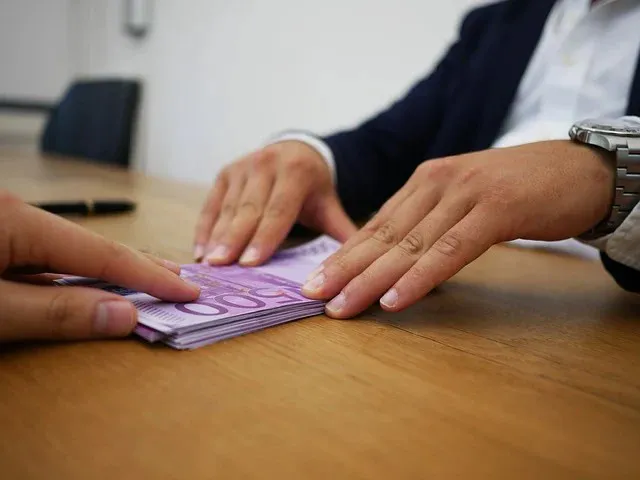The question of where to put your money after you get paid is a common one. The answer may be different for everyone, but there are some things you should think about before you make any decisions. Depending on your circumstances, these are the different places your money should go when you get paid.

Source
Retirement fund
The retirement fund is a savings account that is specifically designed to help you save for the future. To plan for the future, make sure you start saving money in your retirement account after you have been paid. It's best to start with small investments when you're first starting. Not only will this help build your savings, but it will also give you a chance to experience more of life and learn about yourself as well.
Checking account
Your checking account is best for all your payment and money transfers. It is a safe place to store your hard-earned money and you can use it to buy anything you need. This means your salary is likely to get into this account, and there's nothing wrong with that. The only thing that could go wrong is if you let every sum stay there idly without putting a chunk of it to work for you.
Necessity account
Necessity accounts are a great way to help you get through your day-to-day life. They allow you to save money for the things that you need and want, such as groceries and utilities.
Once you have your money in a necessity account, it is easy to use these accounts to budget for bills or other purchases.
Emergency Fund
Once you have made some money and can put aside some of it for future use, you need to decide where the money should go.
The emergency fund is typically a small amount of money that you set aside to cater to any emergency or unexpected occurrences. It could be anything from a medical bill or car repair. You would not want to risk running out of this fund and having to borrow money from friends or family members.
Paying off debt
When you receive your paycheck, a part of it should be used to pay off debt. This is because you have to make a plan for when the money comes in and when the money goes out.
Debt can be both good and bad for your finances. It can help you save money, but it can also lead to financial instability if not managed properly.
It is important to think about how you will use your money to pay off your debt once you get it. Using either the snowball method or the avalanche method can help you decide what to do about your debts.
Once you know which one of these two methods is best for you, then it is time to start thinking about how much money should be put towards what kind of debt and when should the debt be paid off.
Create a buffer
When you receive your paycheck, a part of it should be saved for 6 months worth of living expenses. This is because the cost of living changes so frequently, and you might lose your job in between.
A financial buffer is created by saving at least 20% of your salary after taxes are taken out and/or by putting a fixed amount into an investment vehicle. You are putting it in an investment vehicle or interest-earning account so that it can beat inflation.
Invest your money
When you get paid, you should invest a part of it in your portfolio with good returns. This ensures that you are getting the best return for your money. Investing is one of the most important financial decisions you can make. With the help of an investment plan, you can maximize your returns and make sure to get the best ROI possible. One way to do this is by investing in a portfolio that offers higher returns than others after doing your research.
Investing is often seen as something complicated, but it doesn't have to be that way if one knows how to invest properly and effectively.
Conclusion
Most of us receive our paychecks and before half of the month, a large chunk of the money is gone. We usually have no idea where the money went, and we start having financial worries. We can save ourselves from the hassle that comes with a lack of money by making good financial decisions.